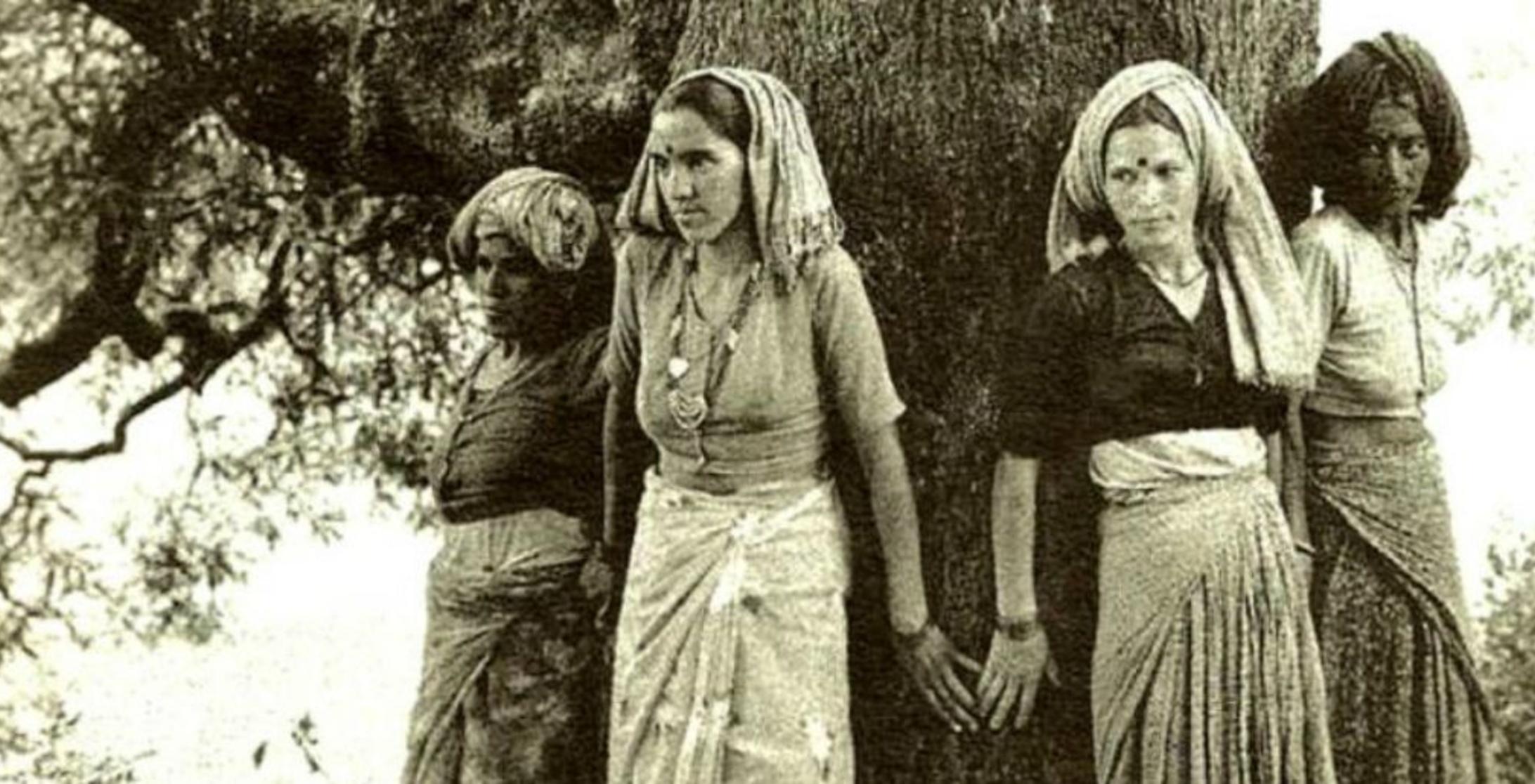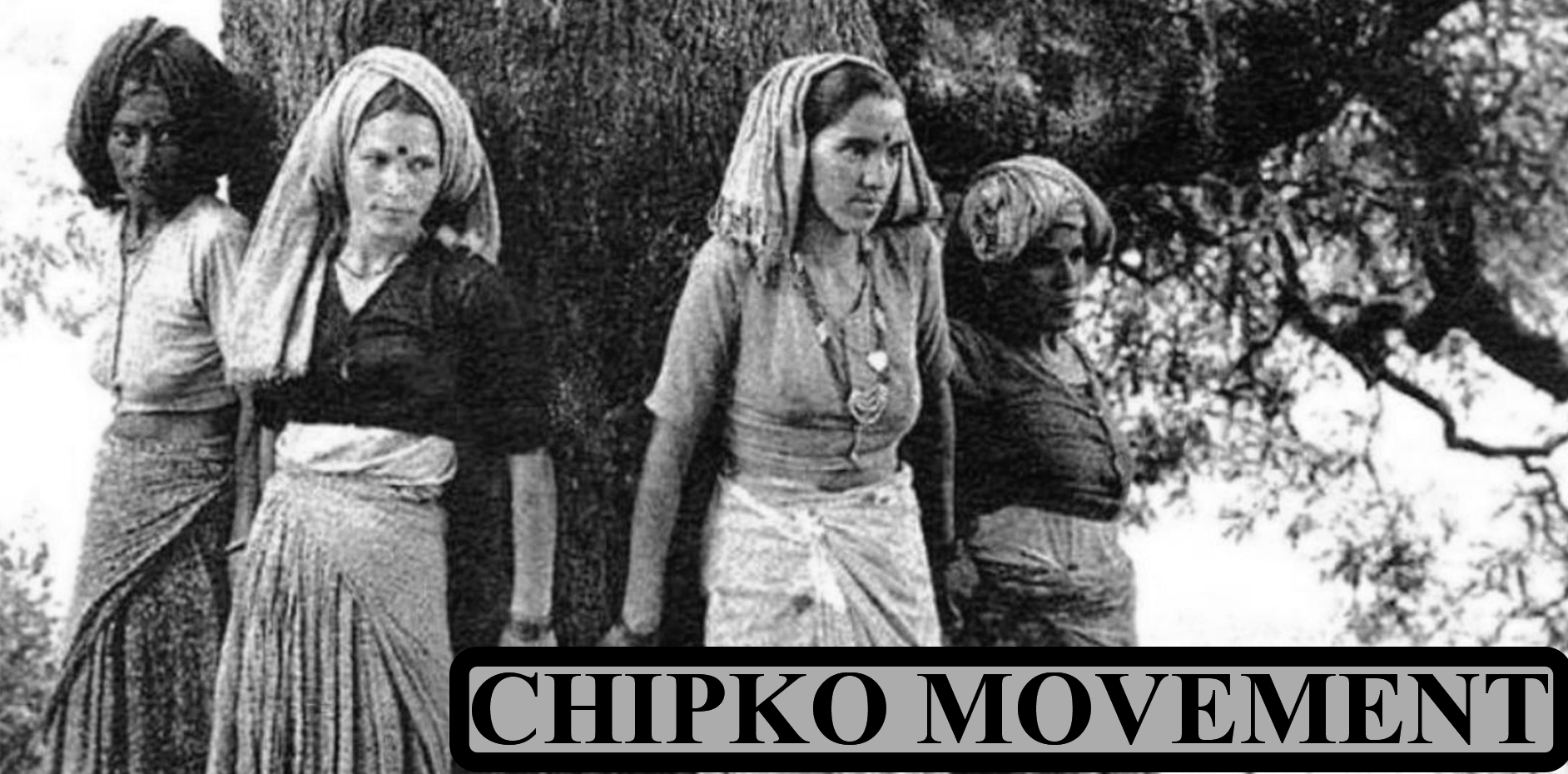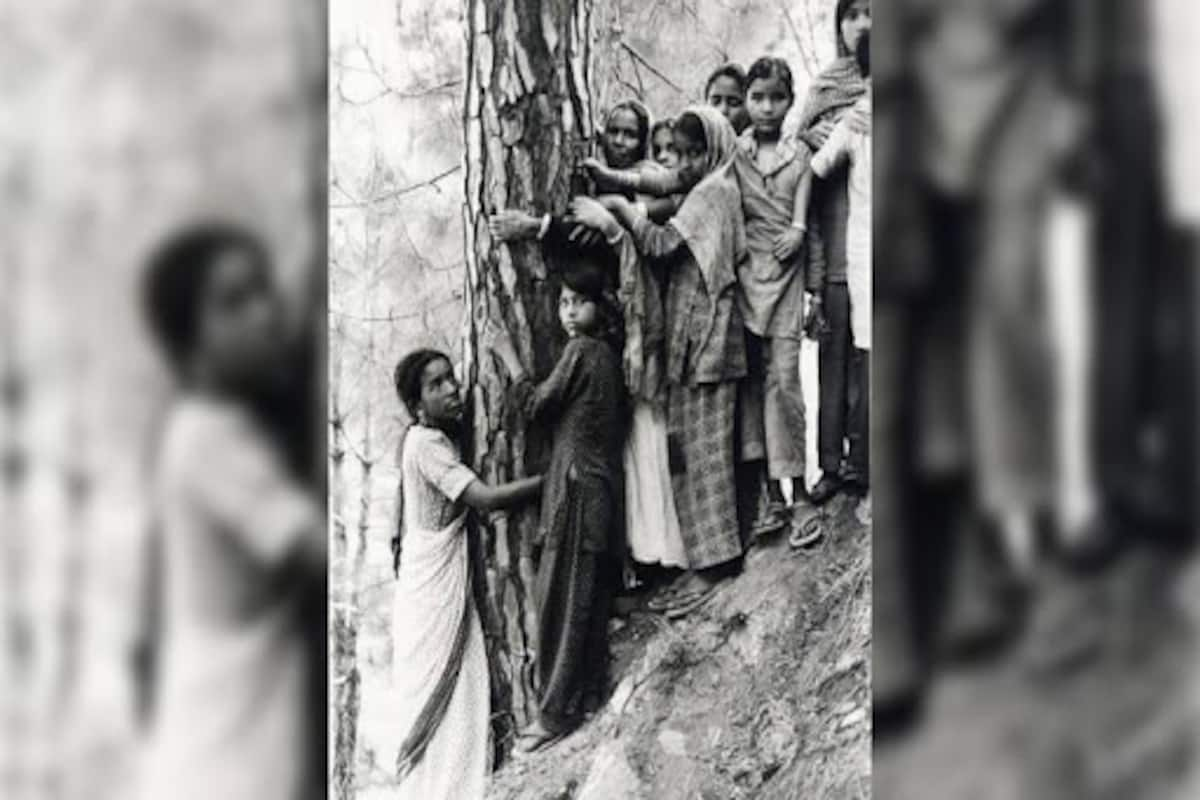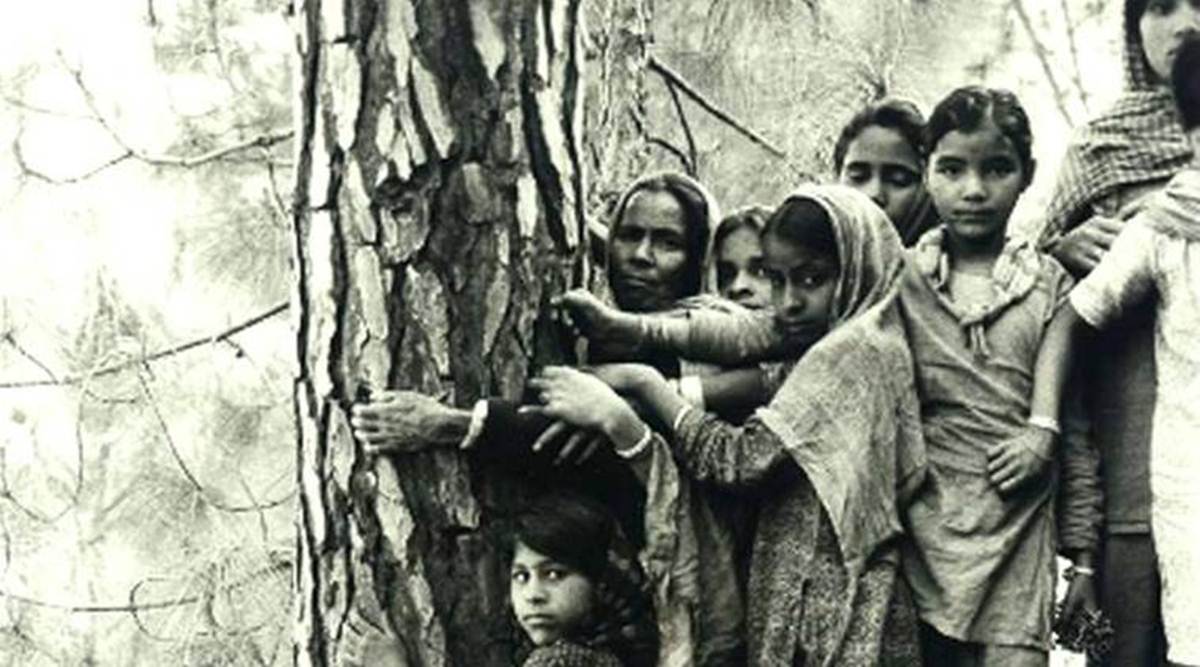Chipko Movement Date And Year

Chipko-type movements date back to 1730 AD when in Khejarli village of Rajasthan 363 Bishnois sacrificed their lives to save khejri trees.
Chipko movement date and year. Amrita Devi a mother of three daughters viz. It saw the large participation of women. The struggle Chipkos first battle took place in early 1973 in Chamoli district when the villagers of Mandal led by Bhatt and the Dasholi Gram Swarajya Mandal DGSM prevented the Allahabad-based sports goods company Symonds from felling 14 ash trees.
10th day of the bright fortnight of the month Bhadra Indian lunar Calendar in 1730 AD. Chipko movement nonviolent social and ecological movement by rural villagers particularly women in India in the 1970s aimed at protecting trees and forests slated for government-backed logging. Asu Ratni and Bhagu bai was at home with her daughters.
The Chipko Movement is a comparatively modern movement that was initiated in Garhwal range of mountains of Uttarakhand within the early Seventies 1974 because of spreading awareness about rapid deforestation and its adverse effects. On this day in 1974 people of Himalayan state of Uttarakhand started Chipko movement or Chipko Andolan through the act of hugging tre. In attempting to draw attention to the difficulty of sustaining their livelihoods in the region local communities engaged in protest by hugging trees marked for felling in state owned commercial forests.
The women and men of the bishoi community hugged the trees in order to prevent the kings men from felling down the trees. It was a Tuesday black Tuesday in Khejadli. Chipko movement chipko movement was started on 26 march 1974 spontaneously in uttar pradesh in an effort to save areas of trees and forests from cutting by forest contractors.
The Chipko movement of the 1970s draws inspiration from the struggle that had taken place in Rajasthan over 300 years ago. The Chipko movement was a nonviolent movement of 1973 aimed at protecting and preserving trees but perhaps firstly to mobilize women to protect forests change attitudes and recall their own positions in society. In 1730 Amrita Devi heard of the Maharaja of Marwars intentions to cut down a sacred grove of khejri trees to use for the construction of a new palace.
In the 1970s and 1980s this resistance to the destruction of forests spread throughout India and became organised and known as the Chipko Movement. The first Chipko action took place spontaneously in April 1973 and over the next five years spread to many districts of the Himalaya in. The First Chipko Movement.
















